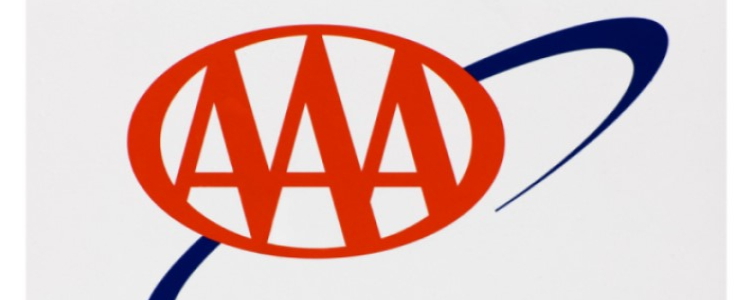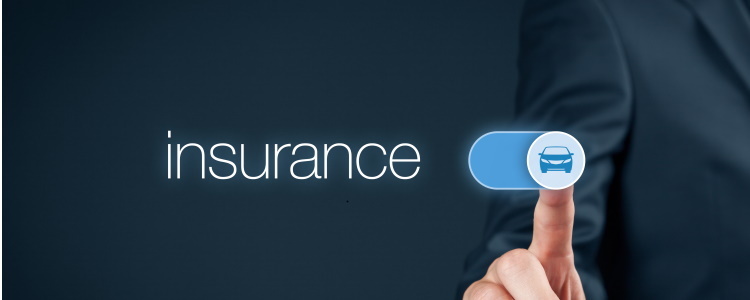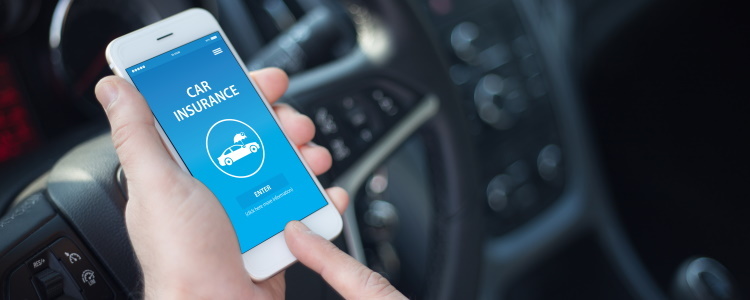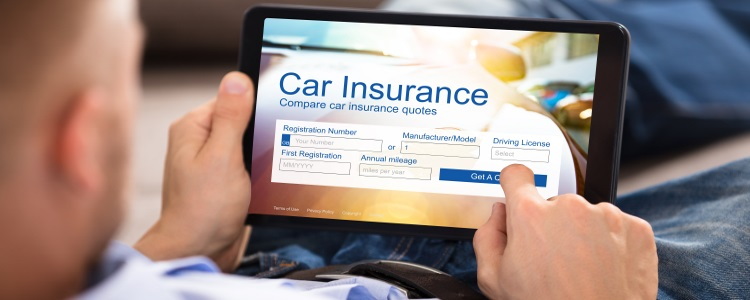Financing a car comes with a lot of responsibilities that you may not realize. Since you don’t own the vehicle you’re buying until you pay it off, the lender you’re working with goes to great lengths to ensure their investment is safe if something happens. If you’re still paying off your auto loan, you need to have full coverage car insurance. Full coverage is the most protection you can have on a vehicle. But what happens if the policy gets canceled or you switch to just a liability policy? Here’s what you need to know.

Full Coverage Car Insurance
What Kind of Insurance Coverage Does Your Lender Require?
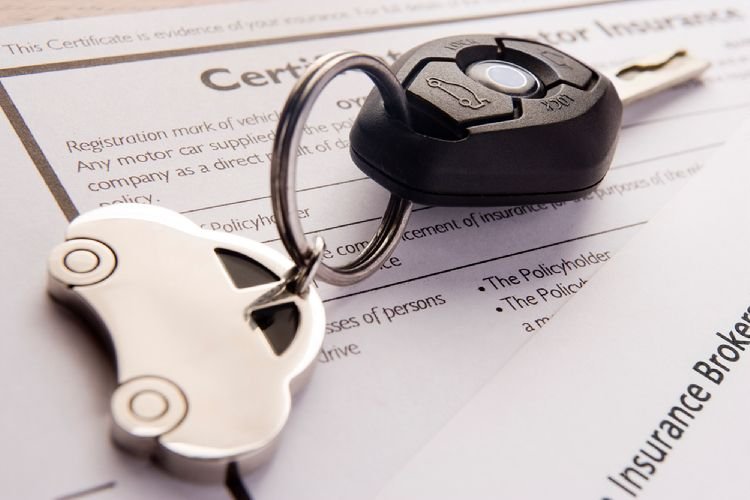
Your lender and the state you live in are the determining factors in your car insurance requirements. When you finance a vehicle, the insurance coverage details are laid out for you in the loan contract and/or the agreement to provide insurance paperwork. You’re required to sign both of these documents before you can take delivery of your car.
If you don’t follow the requirements and allow your coverage to lapse for any reason, you may find yourself paying even more than normal for full coverage auto insurance.
In these cases, your lender may purchase coverage and force you to pay for it by including the premium in your monthly car loan payment. Not having full coverage insurance can also result in loan default, which means your lender can send someone to repossess your vehicle.
What Is Full Coverage Car Insurance?
Once you know what your lender expects, you can shop for coverage. As we’ve mentioned, full coverage is required when financing a car, but what, exactly, does “full coverage” mean? What’s included in full coverage insurance and how much it costs depends on the state you live in.
Full coverage auto insurance is designed to cover the widest range of things that might happen to your vehicle. Whether it's a natural disaster, theft, or a collision, the protection from full coverage insurance takes care of it.
Typically, full coverage car insurance includes:
- Collision insurance – This type of coverage helps cover accident-related repairs.
- Liability insurance – Liability helps pay for medical bills and property damage resulting from an accident.
- Comprehensive insurance – This covers damage that comes from things other than accidents, such as theft, falling tree limbs, hail, and animal strikes.
- Uninsured/Underinsured motorist coverage – This type of coverage protects you if you’re in an accident with an uninsured driver, or a driver that has too little insurance to cover the damage to your vehicle.
What Does Full Coverage Auto Insurance Not Cover
Full insurance coverage doesn’t always cover you or your vehicle fully. If you want to be covered as much as possible, what you can do is purchase additional coverage that may not be included in full coverage. It costs extra to add more coverage, but additional coverage can include:
- Medical payments coverage – Helps pay for post-accident medical expenses for you and any passengers.
- Emergency road service coverage – Helps give you peace of mind in the event you need emergency roadside service if your car breaks down or runs out of gas.
- Customized parts and equipment coverage – If you customize your vehicle, special parts and equipment like a surround sound system or wheels aren’t covered under regular full coverage.
- Rental car coverage – If you get in an accident, this covers rental expenses while your vehicle is being repaired.
- GAP coverage – GAP insurance pays the difference in the event the car gets totaled or stolen and the loan balance is more than the vehicle’s actual cash value (ACV).
Even with full coverage, insurance companies are only going to cover the value of the car at the time of the accident, not what you owe on the loan. This means that you still have to pay any difference if the vehicle’s ACV is less than the loan balance. Because of depreciation and longer loan terms, it's very likely that this is going to be the case. You can avoid this by making a sizeable down payment or purchasing GAP insurance.
Why Do I Need Full Coverage on a Financed Car?

The guidelines and requirements for full coverage insurance vary by state. Full coverage auto insurance usually is a combination of liability, comprehensive, and collision coverage. Some form of liability coverage or proof of financial responsibility is required in all 50 states if you have a car.
If you own the vehicle, you can choose whatever car insurance coverage you would like, as long as it fits within your state’s minimum requirements. In other words, you can choose the bare minimum auto insurance policy if you owe nothing on the car.
However, when you finance a vehicle, it’s a different story. Lenders require borrowers to maintain full coverage insurance on their cars. Lenders do this so they can recover the vehicle’s value in the event of an accident or theft. They want the car to be protected to the fullest extent because it’s still their asset, until the borrower pays it off.
What Happens if Full Coverage Is Removed?
Removing full coverage insurance from your vehicle during an auto loan is a violation of your loan contract.
Whether you miss some insurance payments or purposefully cancel the full coverage policy, the insurance company contacts the lender to alert them once your insurance lapses. Because the lender is the lienholder, the car is their asset – you don’t actually own the vehicle until it’s paid off.
Once the car is no longer covered, your lender will contact you and state you’re in breach of contract. If this isn’t resolved right away, the lender is likely to pick an auto insurance policy and add it to the cost of your loan. This is frequently called force-placed coverage.
Policies added by lenders are normally more expensive than regular full coverage insurance, and it may not cover personal items or owner liability in the case of an accident or theft.
As We See It
It’s in your best interest to shop around and choose the full coverage car insurance policy that best fits your budget. While simple liability insurance is typically cheaper than full coverage, if you have a financed vehicle, full coverage is mandatory.
If you’re looking to finance a car but find you can’t afford the full coverage auto insurance with the loan payment, perhaps we can help. At Auto Credit Express, we’ve teamed up with dealerships coast-to-coast that specialize in helping buyers with less-than-perfect credit.
To get started, take a minute to fill out our free car loan request form and see if there’s a dealer in your local area that may be able to lend a hand.

Senior Automotive Financing Editor
Meghan has been writing professionally for over 25 years. She is expertly versed in automotive special financing and pricing analysis, having published hundreds of articles on Auto Credit Express and its sister sites, CarsDirect, and The Car Connection. Read more
Suggested Posts For You
Receive Free Updates
Get the latest credit tips, resources and advice delivered straight to your inbox.
